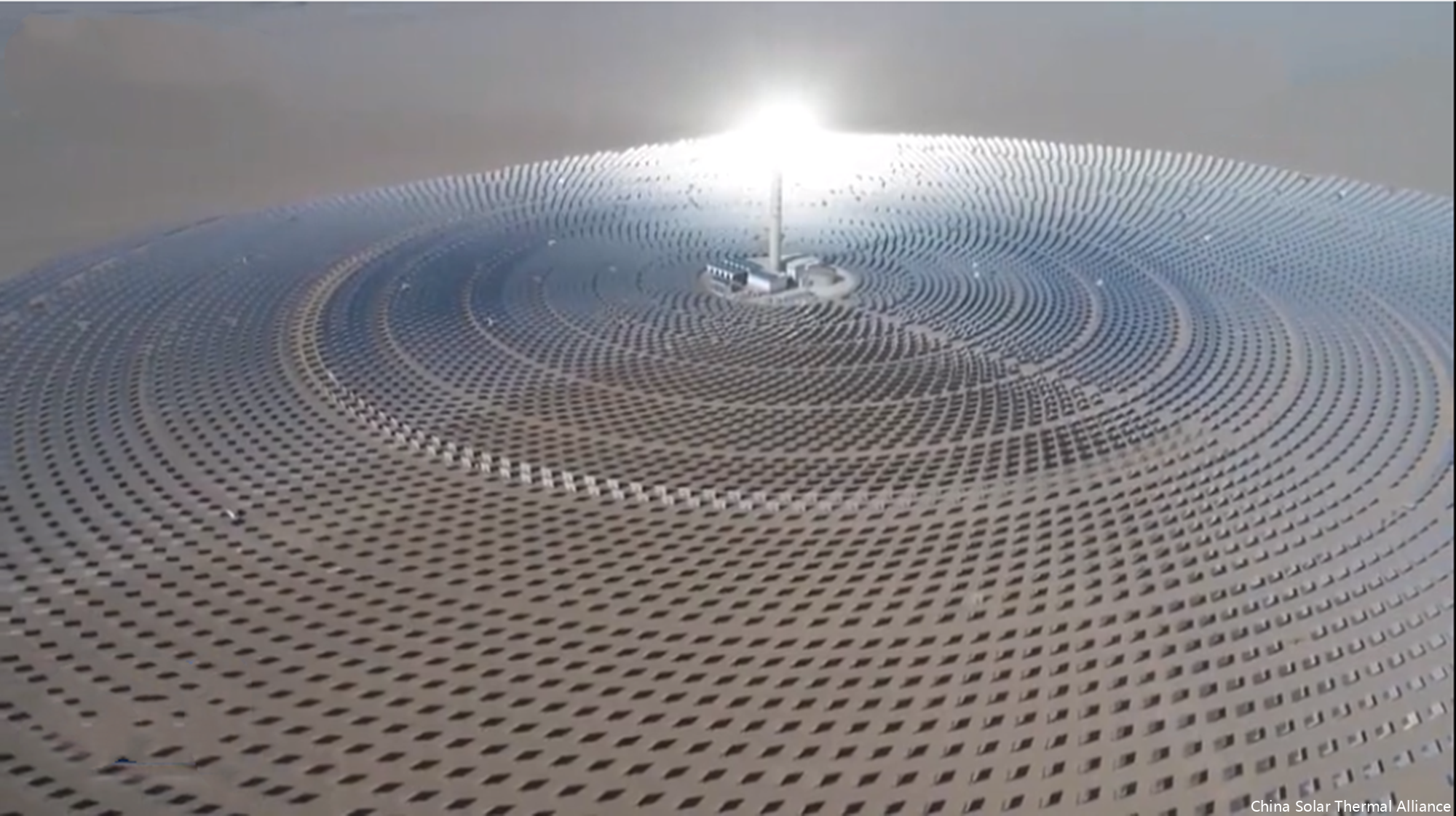The cost of renewable energy is dropping every year, and this year we saw record low cost Photovoltaic (PV) projects such as the 800 MW project in Dubai offered at 2.99 US$ cents/kWh.
So how is it that concentrating solar power (CSP) is still an attractive technology compared to PV? The answer lies in the inability of PV to provide power when the sun doesn’t shine. CSP transforms solar irradiation to high temperature thermal energy, which in turn produces electricity through conventional power conversion equipment like steam turbines, invented by Karl Gustav Patrik de Laval in 1883 and Charles Parsons in 1884. The main advantage of CSP is the possibility it offers to store large amounts of energy at relatively low cost by way of thermal energy storage (TES).
According to a recent report by the US-based National Renewable Energy Laboratory (NREL), electricity costs for a system with 6 hours of energy storage will remain lower for CSP than for PV + batteries, at least until 2030. It is far easier and much cheaper to store thermal energy than it is to store electrochemical energy in batteries. EnergyNest offers a technology that further decreases the cost of TES. This technology is currently being demonstrated in a pilot facility in Abu Dhabi. EnergyNest’s system stores thermal energy in a modular, flexible and cost-effective way at temperatures up to 450 degrees Celsius.
This new storage technology is based on two well-known and widely available components: steel and concrete. Together with EnergyNest’s patented module designs, this gives the TES technology truly game-changing characteristics. The technology combines a very simple but smart steel tube heat-exchanger design with a specially developed concrete material called HEATCRETE®. The EnergyNest TES enables CSP plants to continue producing power after sunset, throughout the late evening peaks, or even all night long. The use of natural gas or other carbon-based fuels in CSP plants can in this way be limited if not entirely excluded in the nearest future.
Finally, it should be noted that renewable energy is not just about electricity. CSP is in fact ideally suited to serve a wider industrial segment including desalination of seawater, food production, enhanced oil recovery, remote industry (mining), waste water treatment, etc.



